Science Illustrated delivers natural science, break through discoveries and an understanding of the world for the entire family. Packed with stunning photography and in-depth editorial it’s a visually spectacular gateway to the world looking into the beginning of life to distant objects in the universe.
SUBSCRIBE & START SAVING NOW!
Science Illustrated Australia
MEGAPIXEL // HUMPBACK WHALES
New engine sends planes into space • Engineers have taken a crucial step towards fulfilling the dream of a supersonic plane travelling at a speed of 6000km/h, crossing the Atlantic in two hours, and carrying out space missions.
New evidence of liquid water on Jupiter moon • NASA scientists find what appears to be conclusive evidence that Jupiter’s moon Europa has a liquid ocean–and so might support life.
Do nuclear power plants heat up the planet? • Nuclear plants don’t emit the same greenhouse gases as coal-fired power stations, but does nuclear power still heat the Earth?
How do we know how many galaxies there are? • “I have read that the universe includes about 2000 billion galaxies. How did physicists and astronomers arrive at this number?”
Could the T. rex not find prey that stood still? • In ‘Jurassic Park’, palaeontologist Alan Grant and the two children hide from a T. rex by standing still. Would this really work?
Did the Big Bang happen more than once? • According to current theory, the universe began with a Big Bang. But is the event in which time and space were created unique, or could there have been several Big Bangs?
YOUR BODY COMES ALIVE AFTER DEATH • The brain sends electrical signals, the cells of the body continue working, and the arms keep moving for months. New experiments reveal an unexpected explosion of life taking place during the minutes, days, and months after death.
The brain wave of the after-life • Electrodes in the brains of dying patients have revealed a wave of electrical activity that flows through our brains during the minutes after the last heartbeat.
Genes return to embryonic stage after death • Your body cells live on long after you have died. New experiments show that cells under pressure step up the activity of thousands of genes in a desperate attempt to save themselves. In the confusion, they reset themselves and activate genes that are otherwise active only in the embryonic stage.
Gut bacteria occupy the heart • When human cells finally give up, their contents become a feast for the body’s bacteria. The eager microbes spread from their original homes, occupying organs that used to be completely bacteria-free.
Dead bodies move their arms • Dead bodies do not lie still after death. Gases, insects, and low air humidity make a body move during the days, weeks and months following the last heartbeat.
KOMODO DRAGON IS DESIGNED TO KILL • It cannot bleed, its jaw is full of venom, and its interior is more like a mammal’s than that of a reptile. Scientists have sequenced the Komodo dragon’s DNA and solved the mysteries of this exceptional killer.
Venomous bite makes blood flow • The Komodo dragon’s lower jaw includes venom glands that cause intense bleeding in its prey, leaving it helpless and in a state of shock.
Dragon is an armoured tank • The world’s largest lizard is the top predator on the five Indonesian islands it inhabits. The Komodo dragon is three metres long, weighs 140kg, has sharp claws and teeth–and can consume 80% of its body weight in a sitting.
Genes stop dragon blood spills • Struggles over mates and territory often lead Komodo dragons to bite each other. But seven genes prevent the lizards from bleeding to death in the same way as their prey.
Titan rotocraft to search for proof of LIFE ON SATURN’S ICE MOON • Saturn’s orange...
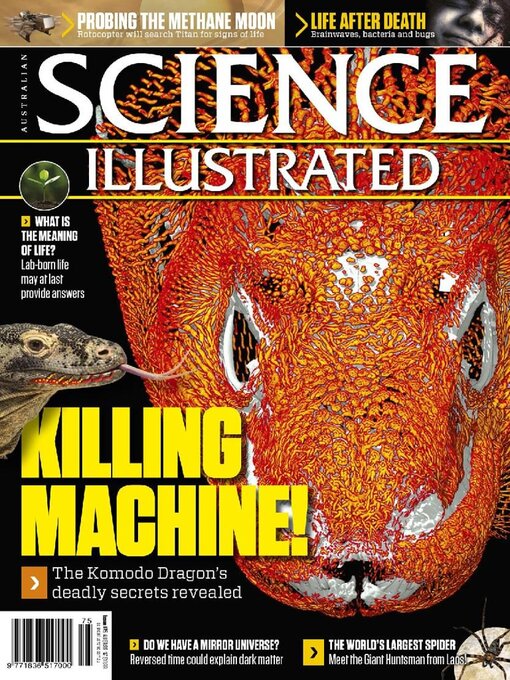
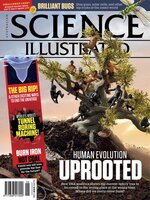 Issue 106
Issue 106
 Issue 105
Issue 105
 Issue 104
Issue 104
 Issue 103
Issue 103
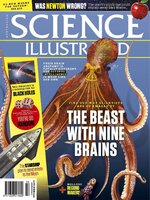 Issue 102
Issue 102
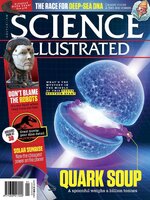 Issue 101
Issue 101
 Issue 100
Issue 100
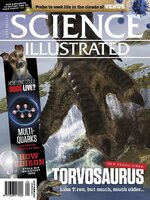 Issue 99
Issue 99
 Issue 98
Issue 98
 Issue 97
Issue 97
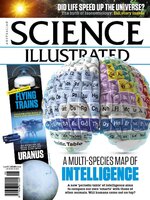 Issue 96
Issue 96
 Issue 95
Issue 95
 Issue 94
Issue 94
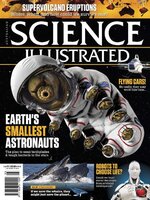 Issue 93
Issue 93
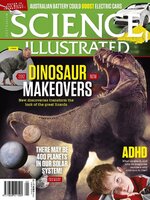 Issue 92
Issue 92
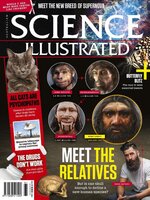 Issue 91
Issue 91
 Issue 90
Issue 90
 Issue 89
Issue 89
 Issue 88
Issue 88
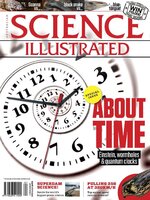 Issue 87
Issue 87
 Issue 86
Issue 86
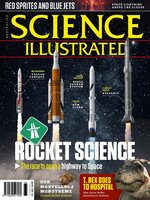 Issue 85
Issue 85
 Issue 84
Issue 84
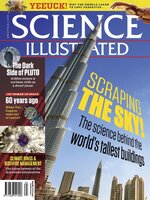 Issue 83
Issue 83
